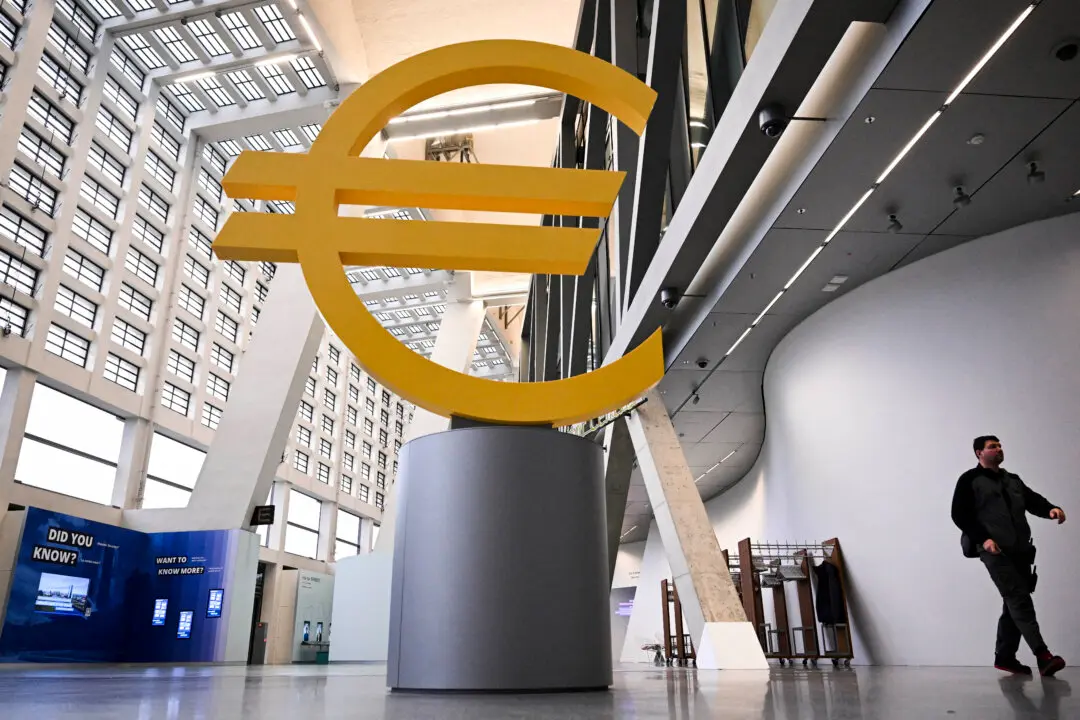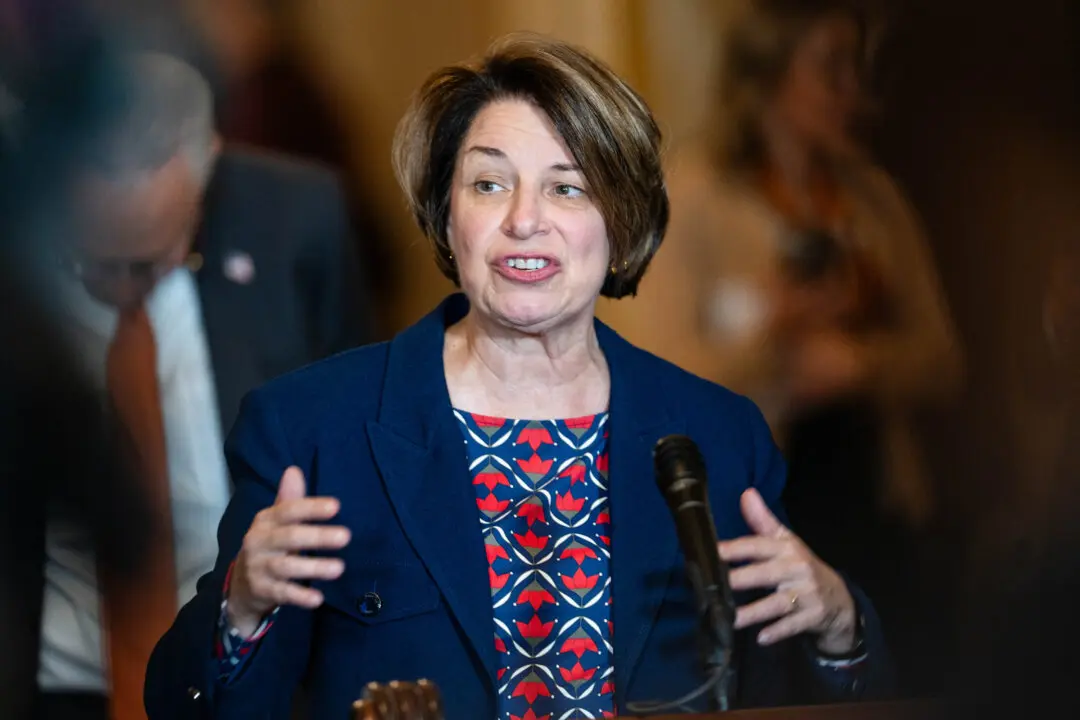Bank of America CEO Brian Moynihan said Friday that the current state of the economy doesn’t meet the definition for a recession—thanks in part to robust consumer spending and a tight labor market—and instead should be understood as a “mitigation of the rate of growth.”
Moynihan’s remarks, made during an appearance on CNBC’s “Squawk Box Europe,” on Oct. 28, came on the heels of a preliminary gross domestic product (GDP) estimate released by the Department of Commerce, showing the U.S. economy expanded at a pace of 2.6 percent in annualized terms in the third quarter.





